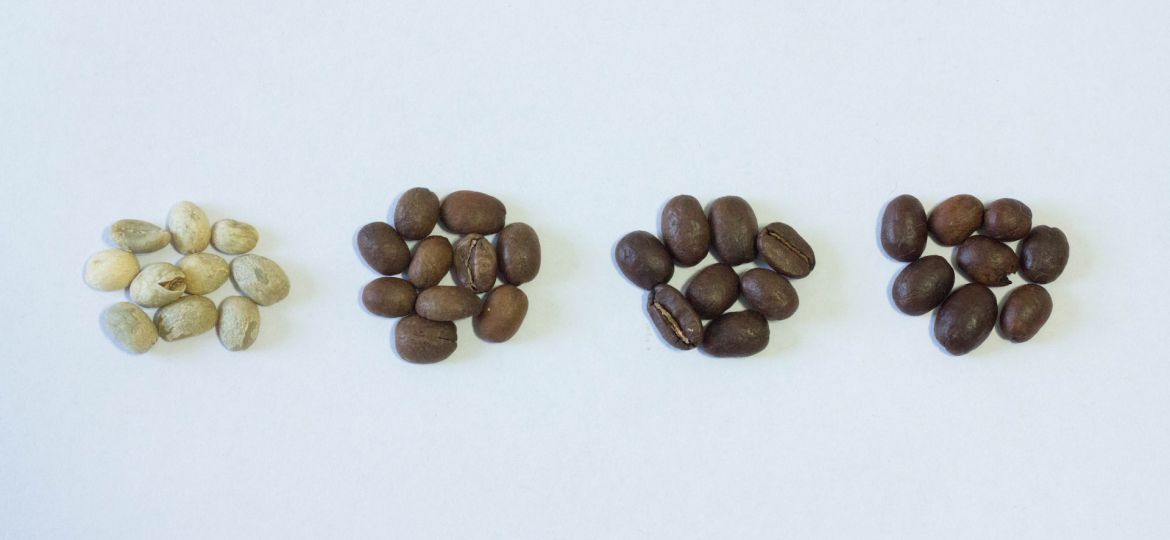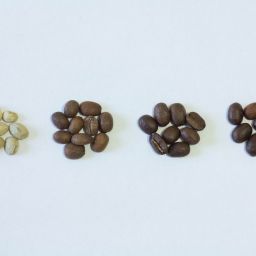
The Chemex brewing method, a staple among coffee aficionados, marries simplicity with elegance. Invented in 1941 by chemist Peter Schlumbohm, the Chemex is distinguished by its hourglass shape and wood collar, designed not only for aesthetic appeal but also for functional superiority.
Its brewing process, utilizing a special paper filter thicker than standard ones, ensures a clean cup free of sediments and oils. This method accentuates the coffee’s flavor profiles, making it a beloved choice for those who appreciate the nuanced tastes of their brew.
Why Chemex Stands Out for Coffee Aficionados
What sets the Chemex apart is its ability to produce a coffee that is both rich in flavor and remarkably smooth. This is due in part to the aforementioned thick paper filter, which removes excess oils and fines, resulting in a clarity of flavor that is hard to achieve with other brewing methods.
Additionally, the Chemex allows for customization of the brewing process, enabling users to tailor the strength and taste of their coffee to their precise liking.
Importance of Choosing the Right Coffee Beans
The choice of coffee beans is crucial in the Chemex brewing process, as it significantly impacts the final cup’s flavor and aroma. Freshness is key; coffee beans are at their peak flavor just days after roasting and should be used within a month to ensure the best taste. The roast level, origin, and grind size also play vital roles.
The roast level influences the coffee’s body and acidity, while the origin can introduce unique flavor notes such as fruity, floral, or earthy. The grind size, ideally medium-coarse for the Chemex, affects the extraction rate and, consequently, the brew’s overall balance.
Understanding Coffee Bean Types
Arabica vs. Robusta: Arabica beans are preferred for Chemex brewing due to their higher quality and more complex flavor profiles, offering a range of tastes from sweet and soft to sharp and tangy. Robusta, on the other hand, tends to be harsher and more bitter, with a higher caffeine content but less flavor diversity.
Single-origin vs. blends: Single-origin beans, sourced from a specific locale, provide a distinct taste reflective of their growing environment. They offer an opportunity to experience the unique characteristics of that region’s coffee. Blends, however, combine beans from various origins, aiming for a balanced and consistent flavor profile. For Chemex brewing, single-origin beans are often favored for their ability to showcase specific, nuanced flavors that the brewing method can highlight effectively.
In selecting the best coffee beans for Chemex, consider these aspects carefully. Opting for Arabica beans, especially those of single-origin, allows for a more refined and enjoyable coffee experience, bringing out the best in what this brewing method has to offer.
Light, Medium, and Dark Roasts: Characteristics and how they influence the brew
The choice of roast level is pivotal in Chemex brewing, as it directly impacts the coffee’s flavor, body, and acidity.
- Light Roasts offer a brighter acidity and retain the original flavors of the coffee bean, often resulting in a more complex and nuanced cup.
- Medium Roasts strike a balance, reducing acidity while bringing out more balanced flavors and aroma. They are often recommended for Chemex to capture a fuller flavor profile without overpowering bitterness.
- Dark Roasts have a pronounced bitterness and a fuller body, with the roasting process overshadowing the bean’s original flavors. They may mask the delicate nuances that Chemex brewing is designed to highlight.
Barista Tips on Freshness and Roast Dates for Peak Flavor
Freshness is crucial for capturing the coffee’s optimal flavor. Beans should be used within a month of their roast date to ensure the freshest taste. Baristas often emphasize the importance of using beans as close to the roast date as possible, avoiding stale coffee that can detract from the brew’s quality.
Explanation of Why Medium-Coarse Grind is Optimal
A medium-coarse grind is ideal for Chemex brewing as it allows for a balanced extraction. Too fine a grind can lead to over-extraction, making the coffee bitter, while a too coarse grind might under-extract, resulting in a weak and sour cup. The medium-coarse texture ensures water flows through the coffee at the right pace, extracting flavors effectively without stalling or rushing.
Tips on Achieving the Perfect Grind at Home or Alternatives
Investing in a quality burr grinder is recommended to achieve a consistent medium-coarse grind. For those without access to a grinder, requesting a medium-coarse grind at a local coffee shop or selecting pre-ground coffee specifically ground for Chemex can be suitable alternatives. Storing the ground coffee properly to maintain freshness is also vital.
Detailed Profiles of Recommended Beans
- Nostalgia Classic: A medium roast with balanced flavors of caramel and chocolate, perfect for those seeking a classic pour-over taste.
- Lotus Arabica: Sourced from Vietnam, this medium roast offers chocolate, floral, and wood notes, ideal for an aromatic Chemex brew.
- Nguyen Coffee Supply – Moxy Arabica: A smooth and fruity option with low acidity, grown and roasted in Brooklyn, suitable for a distinctive Chemex cup.
- Death Wish Coffee Medium Roast: Known for its strong caffeine kick and less acidic taste, this blend combines arabica and robusta beans for a bold flavor.
- Bolivia Caranavi Coffee: Offers sweet cocoa tones and a soft aroma, grown at high altitudes in Bolivia, providing a unique flavor profile for Chemex enthusiasts.
Highlight the Role of Origin in Flavor and Aroma
The origin of coffee beans plays a critical role in determining the flavor and aroma of the brew.
- Ethiopian beans are famous for their bright acidity and fruity notes, offering a unique taste.
- Colombian beans bring a well-balanced flavor with hints of caramel and chocolate.
- Brazilian beans are known for their lower acidity and nutty, caramel-like aromas.
- Mexican beans provide a medium body with light acidity, featuring notes of grapefruit and honey.
- Hawaiian beans, grown on volcanic soil, yield a tropical flavor with mild acidity and floral aromas.
Selecting beans based on their origin allows for a diverse range of flavors and experiences with the Chemex brewing method.
Step-by-Step Brewing Guide
To brew exceptional coffee with a Chemex, follow these essential steps:
- Water Temperature: Heat water to between 195°F and 205°F. This range is crucial for optimal extraction without scalding the coffee.
- Brew Ratio: A recommended starting point is a 1:17 coffee-to-water ratio. Adjust according to taste preference, aiming for a balance between strength and flavor.
- Pouring Technique: Begin with a bloom pour, adding enough water to saturate the grounds. After 30 seconds, continue pouring in a slow, circular motion, ensuring even saturation and extraction.
FAQs
- Best Type of Coffee for Chemex: Medium-roast, single-origin Arabica beans are ideal, offering a balance of flavor and acidity that complements the Chemex brewing method.
- How Much Coffee to Use: Depending on the desired strength, a general guideline is 1 gram of coffee for every 17 grams of water.
- Storing Coffee Beans: Keep beans in an airtight container away from direct sunlight and moisture to maintain freshness.
Final Thoughts
Selecting the perfect coffee beans is crucial for a superior Chemex brew. The choice of bean type, roast level, and origin significantly influences the taste and quality of your coffee.
While medium-roast, single-origin Arabica beans are generally recommended, experimenting with different beans and roasts can lead to personal discoveries and preferences. Embrace the journey of exploring various coffee beans to find those that best suit your palate for the Chemex brewing method.








